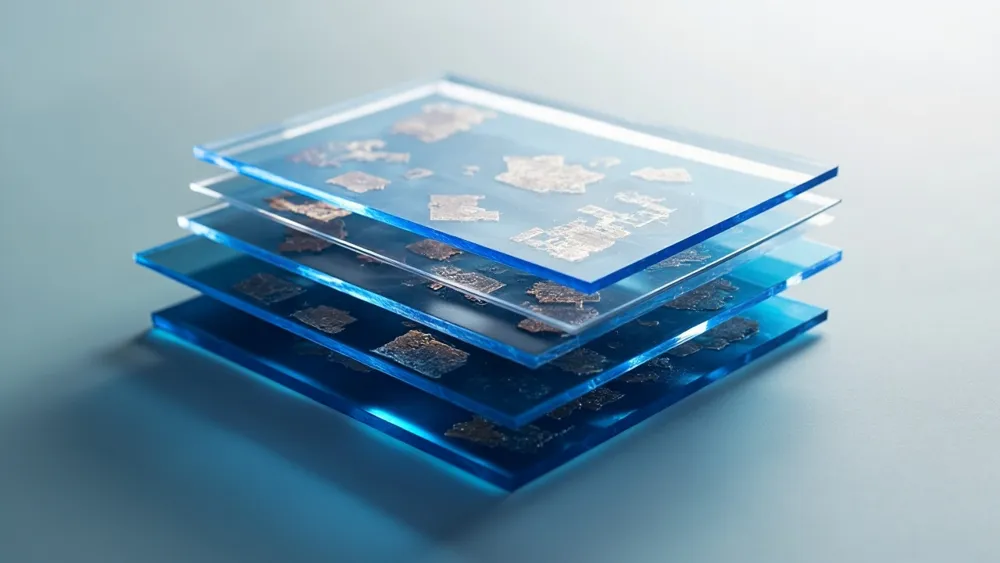First Non-Silicon 2D Material Computer Revolutionizes Electronics

The introduction of the world's first non-silicon two-dimensional material computer marks a pivotal moment in the semiconductor landscape, a domain historically dominated by silicon technology. Developed by researchers at Penn State University, this breakthrough promises not only to enhance electronic product efficiency, making them thinner, faster, and more energy-efficient, but also signals a possible paradigm shift in how we conceive computing materials. Given the exponential growth of consumer appetite for high-performance electronics, such an innovation could redefine industry standards.
At the heart of this development lies the use of two-dimensional materials, specifically molybdenum disulfide and tungsten diselenide, which facilitate the construction of a CMOS computer that operates without traditional silicon. These materials, as thin as a single atom, retain exceptional electronic properties and present a viable alternative as silicon devices face limitations in performance scaling. By addressing the longstanding challenge of effectively collaborating n-type and p-type semiconductors, Penn State's research advances the field considerably. Yet, despite the excitement surrounding this technology, it raises crucial questions about market readiness and the resource-intensive nature of material production. Will consumer electronics companies quickly pivot to adopt this technology, or will it require significant investment and time to mature?
The announcement comes at a time when industries are increasingly focused on sustainability and power efficiency given the demands of 5G, IoT, and edge computing. The low operating power of this new computer aligns with the industry's push for greener technologies, suggesting it holds not just commercial potential but societal relevance. However, the path forward remains fraught with challenges; scaling manufacturing processes and ensuring compatibility with existing technology might deter swift adoption. For investors, while the opportunity is significant, the inherent risks tied to the nascent state of this technology need careful consideration. This breakthrough could represent a new frontier for electronic design, but its long-term impact depends heavily on how quickly it can be integrated into existing infrastructures.
Read These Next

TikTok Blocks 'Skinnytok' to Combat Harmful Body Image Content
This article discusses TikTok's recent decision to block the 'skinnytok' hashtag, emphasizing the importance of mental health and body image amidst the evolving landscape of social media policies.

Elon Musk's Departure: Implications for AI and Government Efficiency
Elon Musk's departure from the Trump administration marks a pivotal moment in the conversation surrounding AI and government efficiency, prompting discussions about the feasibility and implications of blending tech with public policy.

Cai Chongxin: Ali engineers work overtime during the Spring Festival to fully promote AI
Alibaba's Cai Chongxin revealed engineers skipped Spring Festival vacations to compete in AI, showcasing the company's ambition.
